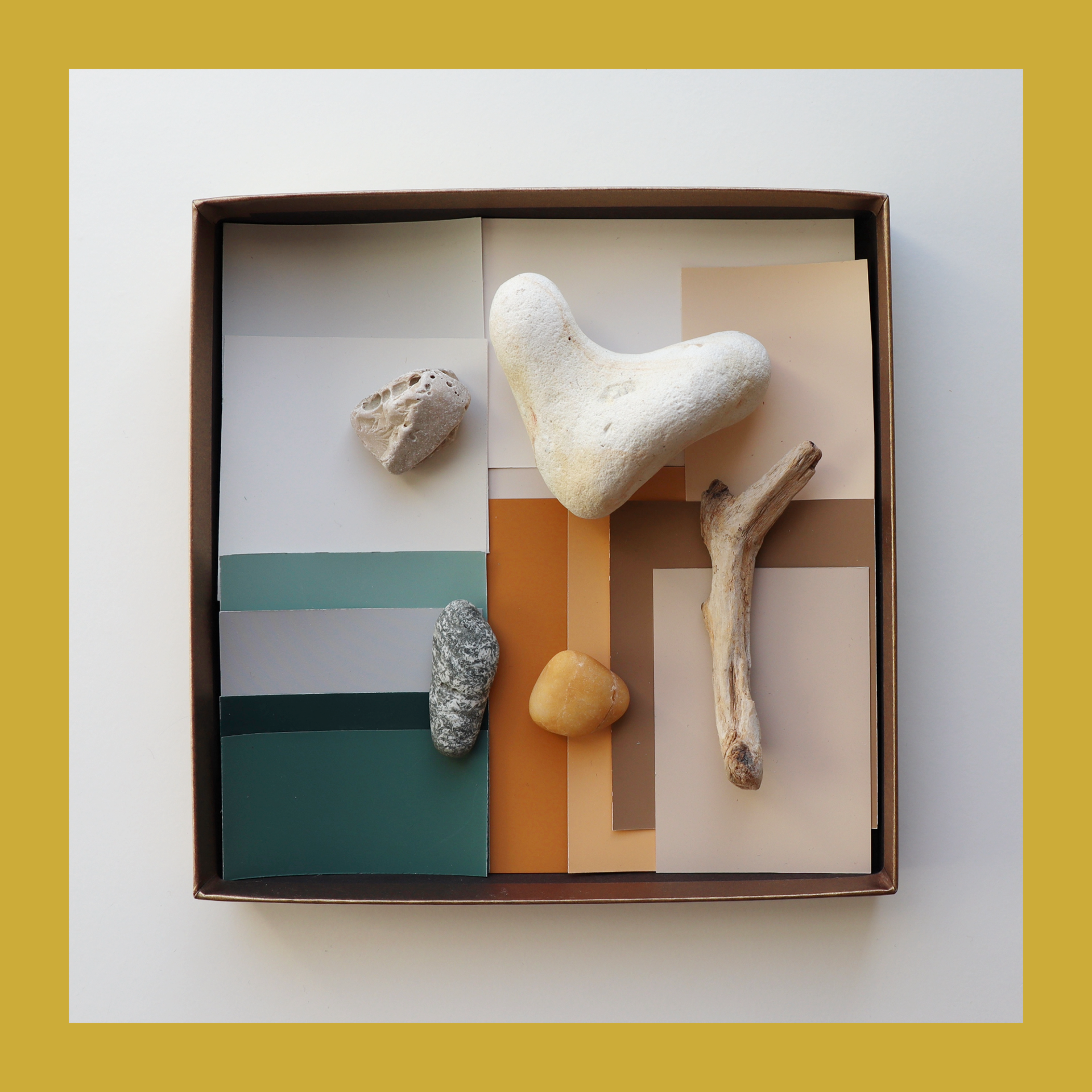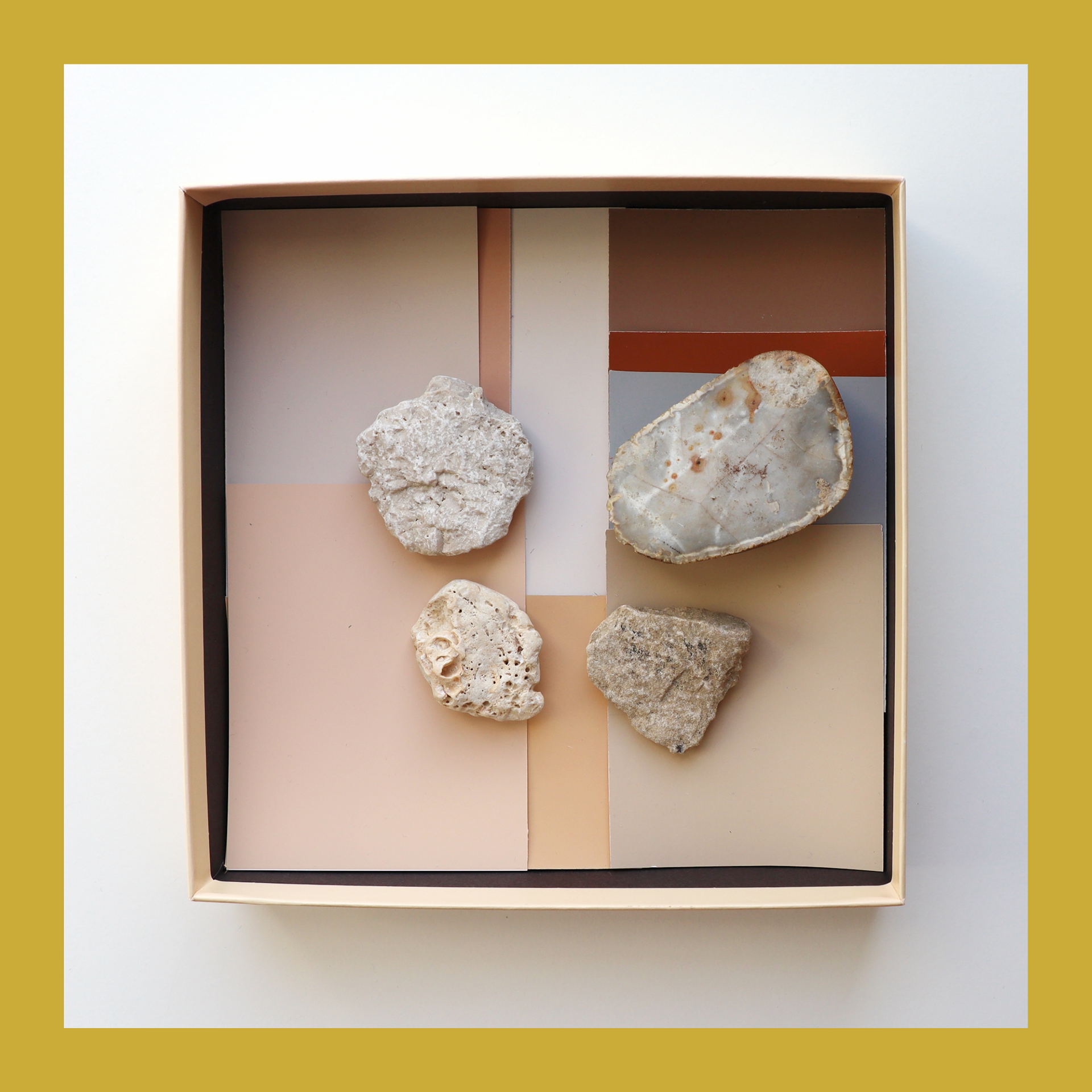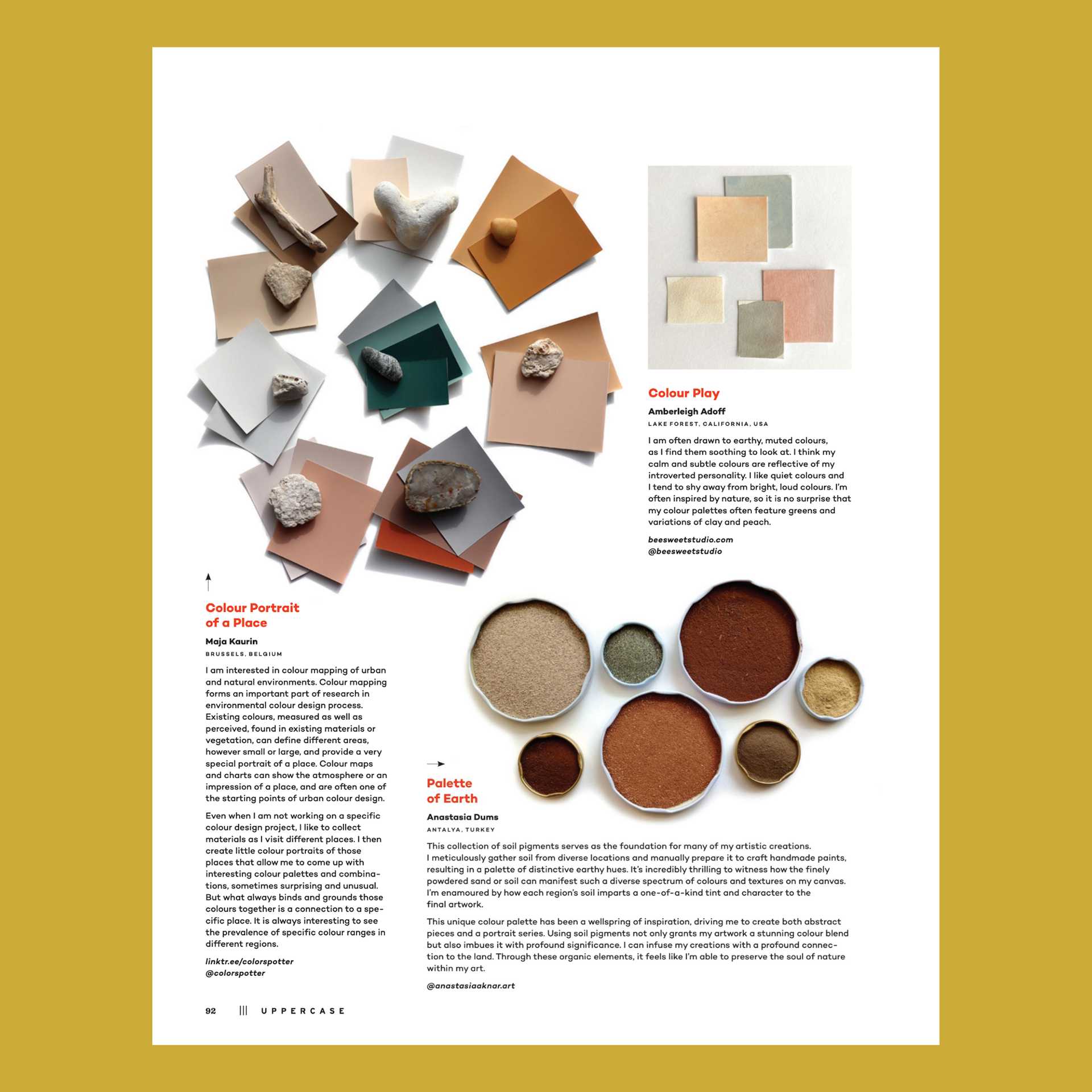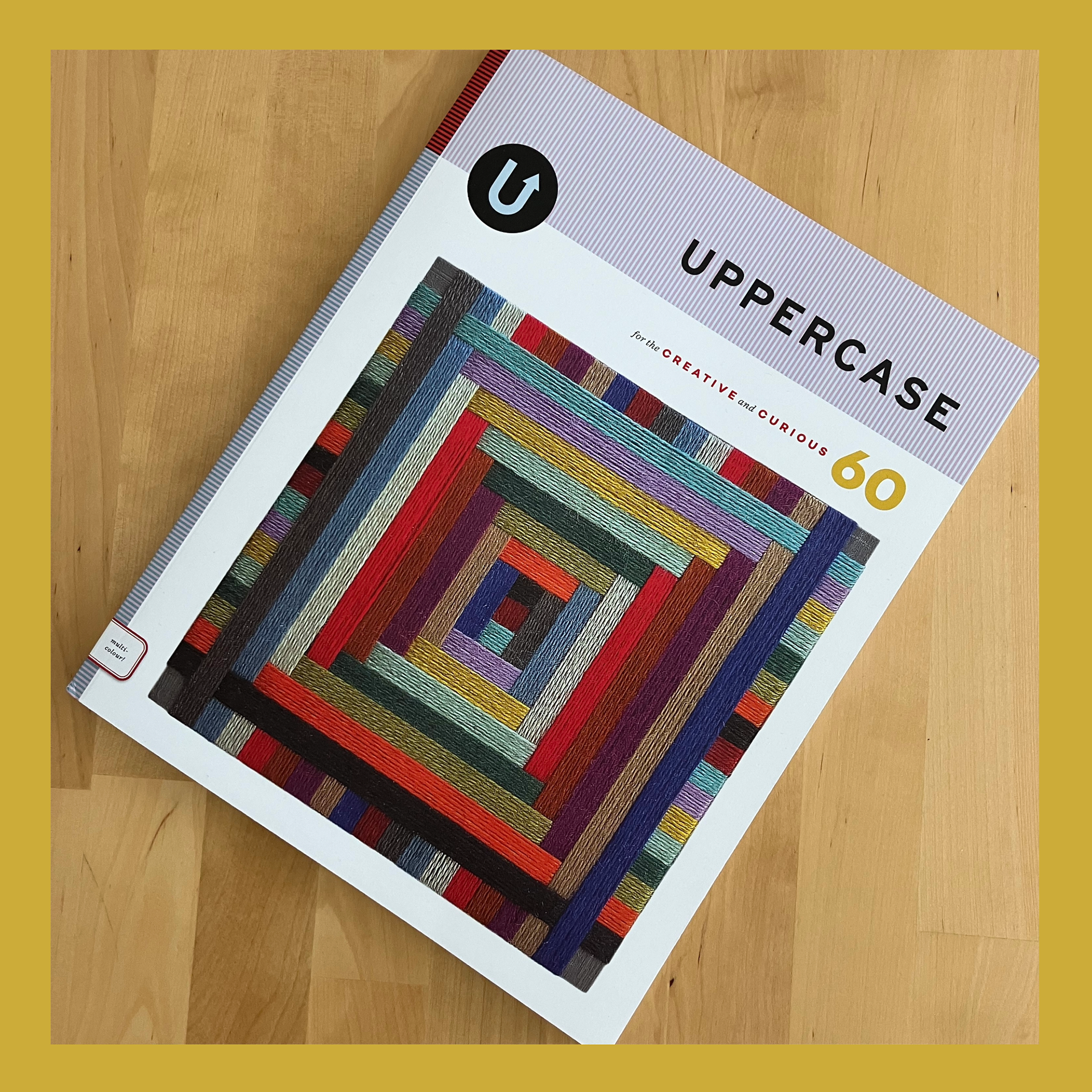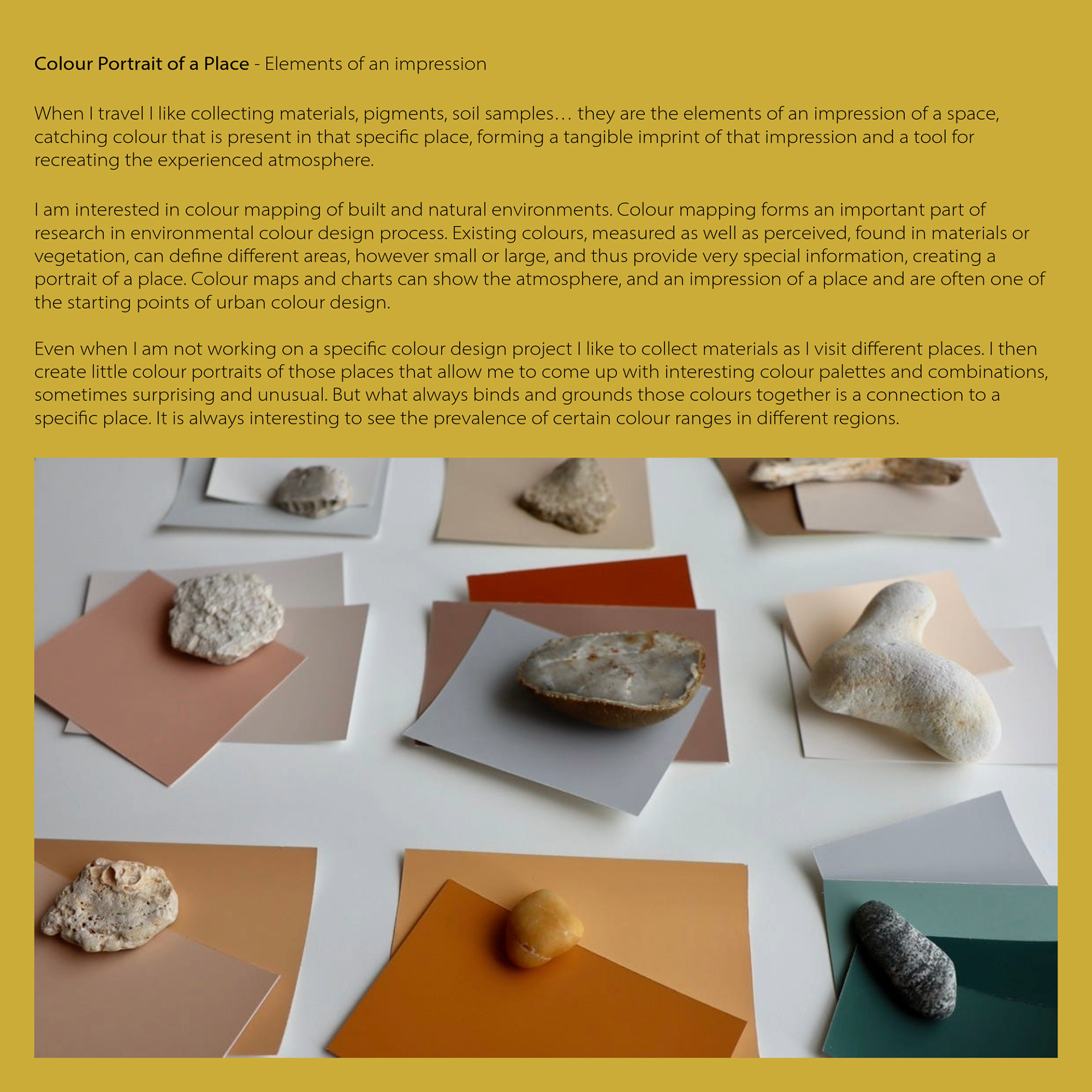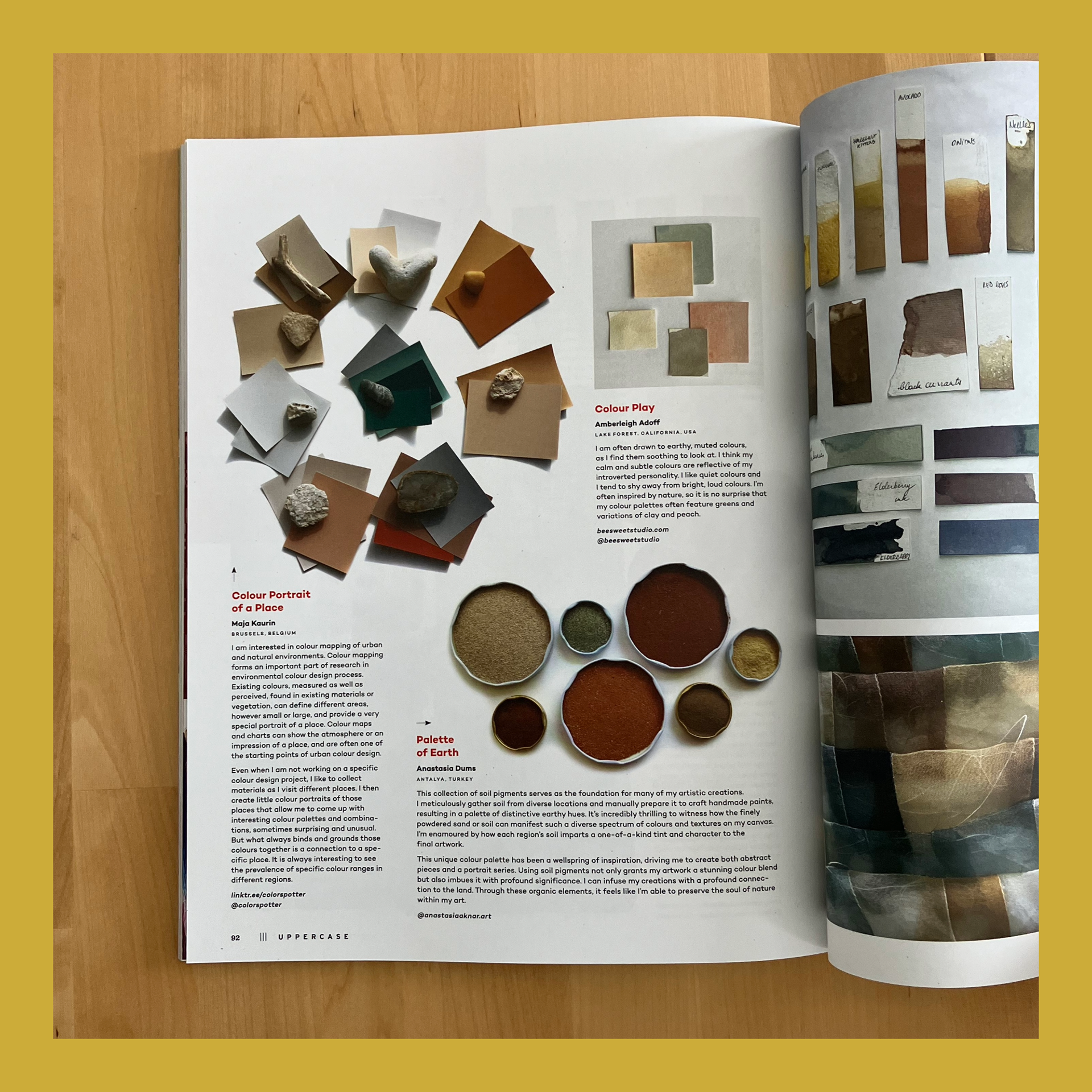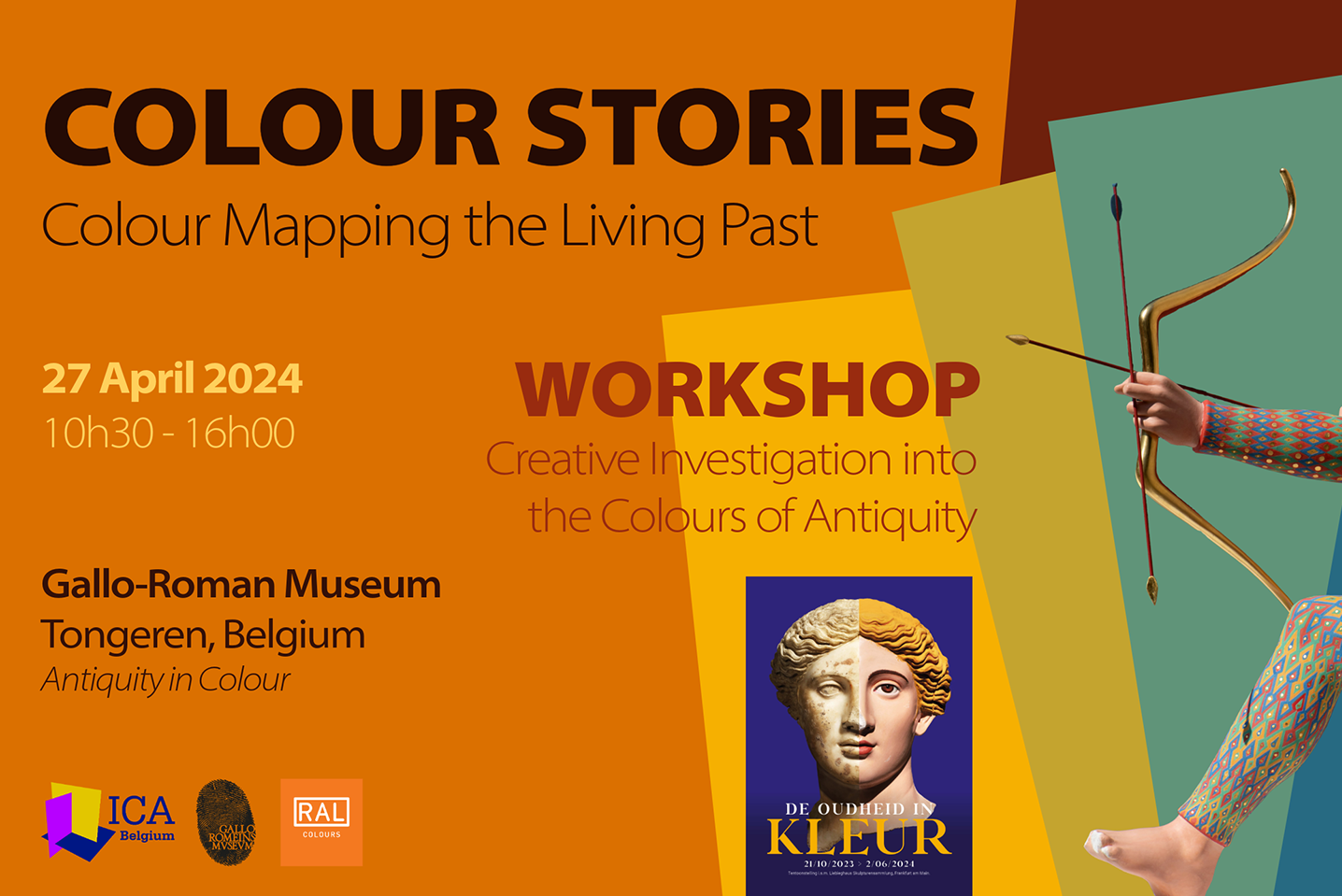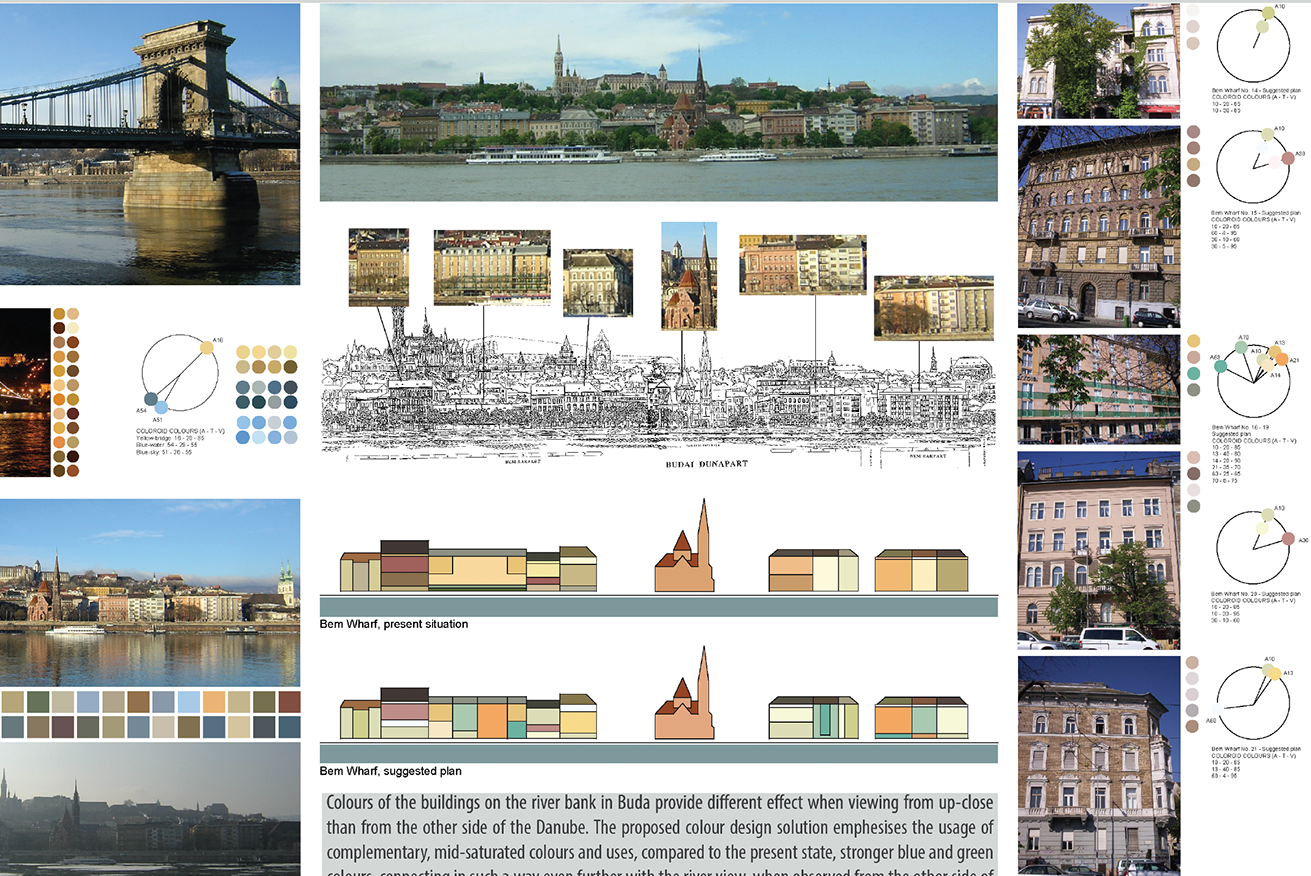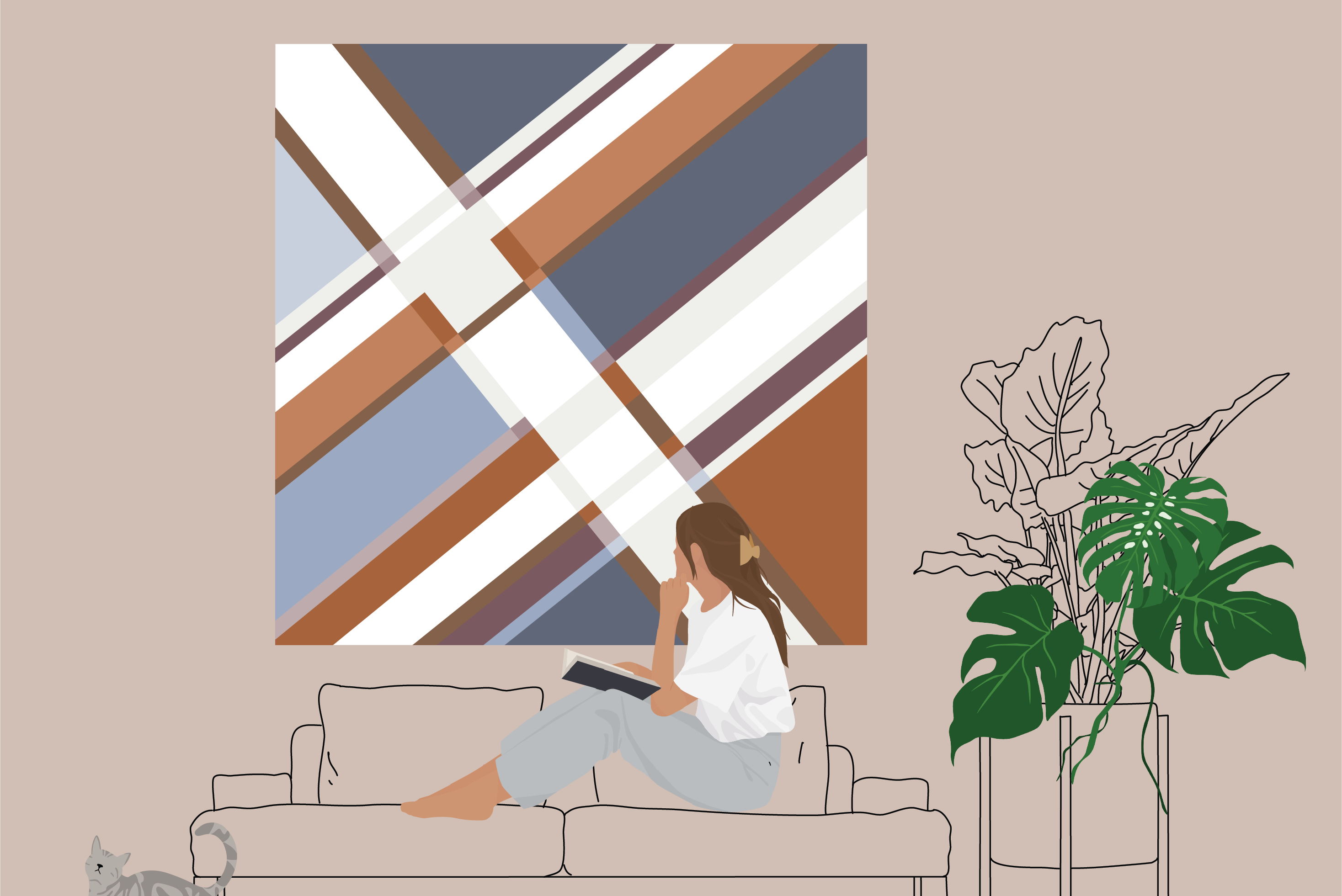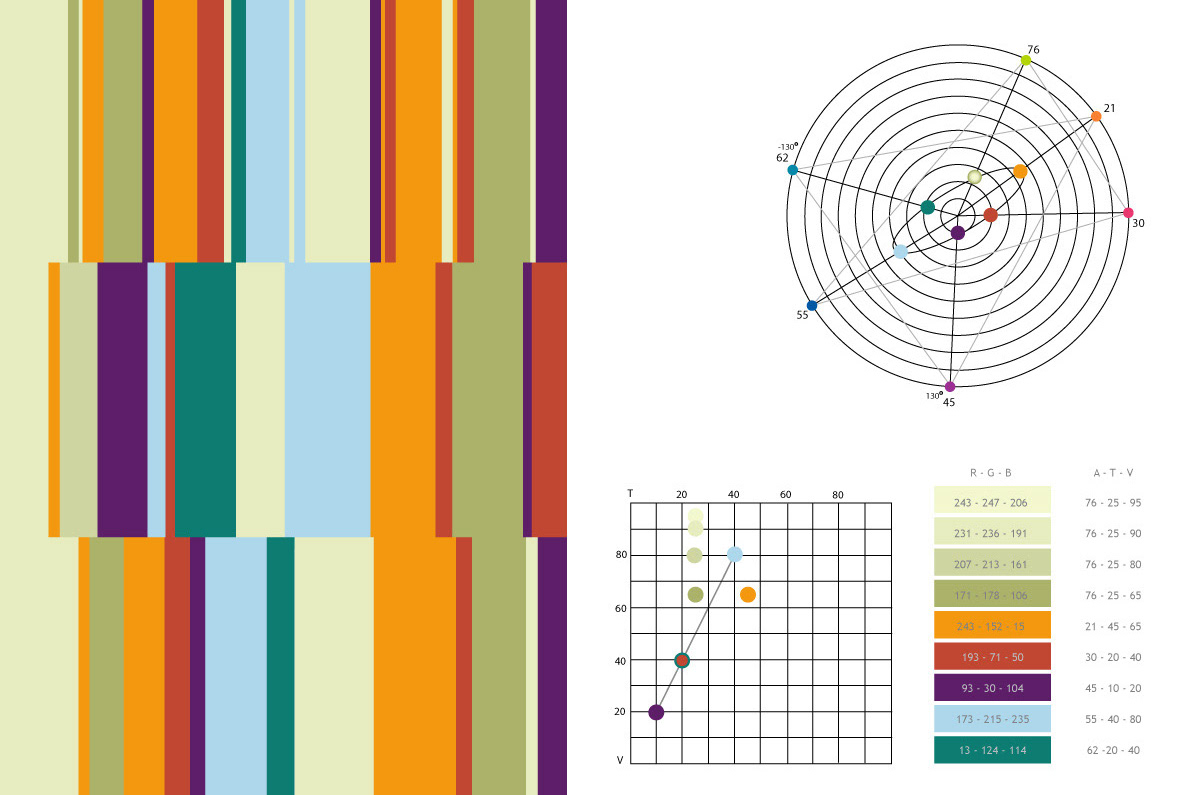Collected materials, pigments, soil samples… they are the elements of an impression of a space, catching colour that is present in that specific place, forming a tangible imprint of that impression. I am interested in colour mapping of built and natural environments. Colour mapping forms an important part of the research in the environmental colour design process. Existing colours, measured as well as perceived, found in materials or vegetation, can define different areas, however small or large, and thus provide very special information, creating a portrait of a place. Colour maps and charts can show the atmosphere, and an impression of a place and are often one of the starting points of urban colour design.
Colours of the Abbaye de Villers, Belgium
This project aims to map the various colours and textures relating to the built and natural environment on-site at the different times of the year and lighting conditions, describing and charting the atmosphere and the visitors’ experience.
The project maps chromatic data tracking different periods of the year under various light and weather conditions.
Villers Abbey (Abbaye de Villers) is a former Cistercian abbey located in Villers-la-Ville, Walloon Brabant, Belgium. Founded in 1146, the Abbey was abandoned in 1796, and most of the site fell into ruin. Throughout centuries it inspired artists and writers, today it attracts visitors who enjoy its serenity, bucolic landscapes, medicinal gardens and occasional events. It is believed to be the largest abbey ruin in Europe, and it is classified as a Major Heritage of Wallonia.
This project aims to map various colours and textures relating to the built and natural environment on-site at different times of the year and lighting conditions, describing and charting the atmosphere and the visitors’ experience. It hopes to provide colour-related guidance for possible interventions.
About the Villers Abbey
The Abbey and its grounds are classified as an official historic site and monument, and Wallonia’s exceptional heritage.
The estate houses the remains of the abbey along with numerous outbuildings (the cloister, refectory, kitchens, dormitories, and brewing house), the prison, the monumental Montaigu staircase, the cellars of the Abbot’s Palace, surrounding gardens and the Medicinal Herb Garden. The Abbot’s Garden and the Monks’ Garden include almost 250 species of medicinal, aromatic, culinary and dye plants.
Abbey's 50.000 m2 of walls are preserved above ground, and its 5.000 m2 of Romanesque and Gothic vaults make it one of the biggest archaeological sites in Belgium. The church, although in ruins, is an outstanding example of Cistercian architecture, with imposing vaulting, arches, and rose windows.
Ongoing research into the colours of the Abbaye de Villers is a self-appointed artist-in-residence project :)
Colour Portrait of a Place - Elements of an Impression
When I travel, I like collecting materials, pigments, soil samples… they are the elements of an impression of a space, catching colour that is present in that specific place, forming a tangible imprint of that impression and a tool for recreating the experienced atmosphere.
Featured in UPPERCASE magazine, Number 60 (Jan/Feb/Mar 2024), dedicated to colour.
